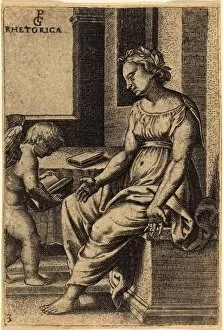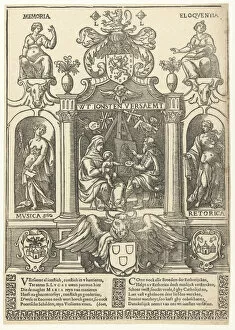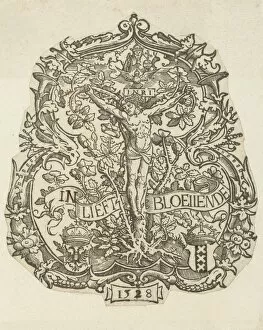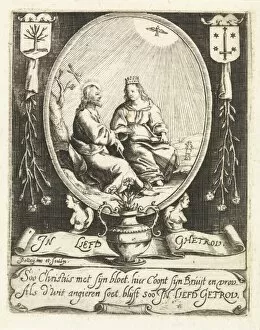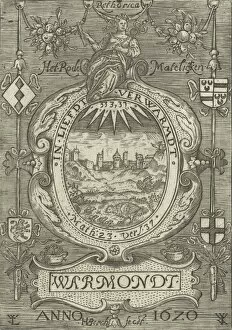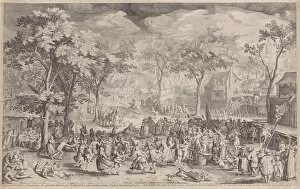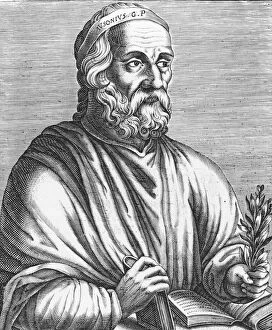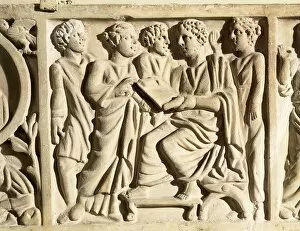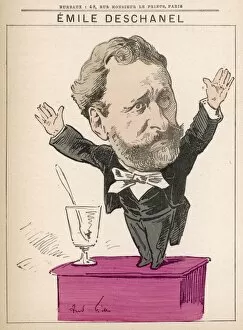Rhetoric Collection (#3)
"Rhetoric: The Science Allegorised in the Seven Liberal Arts, as Illustrated by Hortus deliciarum" In the realm of intellectual pursuits
For sale as Licensed Images
Choose your image, Select your licence and Download the media
"Rhetoric: The Science Allegorised in the Seven Liberal Arts, as Illustrated by Hortus deliciarum" In the realm of intellectual pursuits, rhetoric stands tall as a pillar of persuasion and eloquence. Just like Plato, the ancient Greek philosopher who recognized its power, we too are captivated by its allure. From Plato's caricature to John Quincy Adams' masterful oratory skills, it has shaped history. Through centuries and across cultures, it has been celebrated for its ability to sway minds and hearts, and is an art that knows no bounds - from Cornelius Valerius' humanist teachings to Helmut Schmidt's political prowess. Rhetoric transcends ideologies; it can be found both on the left with Arthur Scargill's impassioned speeches and within British Labour MP John Smith's charismatic leadership. Like mighty ships sailing through stormy seas, rhetoric guides us through turbulent times. During World War II, it was wielded by leaders of the British Royal Navy to rally their troops towards victory. Even Harry Pollitt, Secretary of the Communist Party, harnessed its force to advocate for his cause. But beyond politics and war lies a deeper truth about rhetoric - it empowers individuals to express themselves with clarity and conviction, and is a tool that enables us all to find our voice amidst chaos and dissent. So let us embrace this timeless art form called rhetoric - let us learn from those who came before us while forging our own path towards effective communication. For in mastering this craft lies the power to shape narratives, influence opinions, and ultimately bring about positive change in our world.


